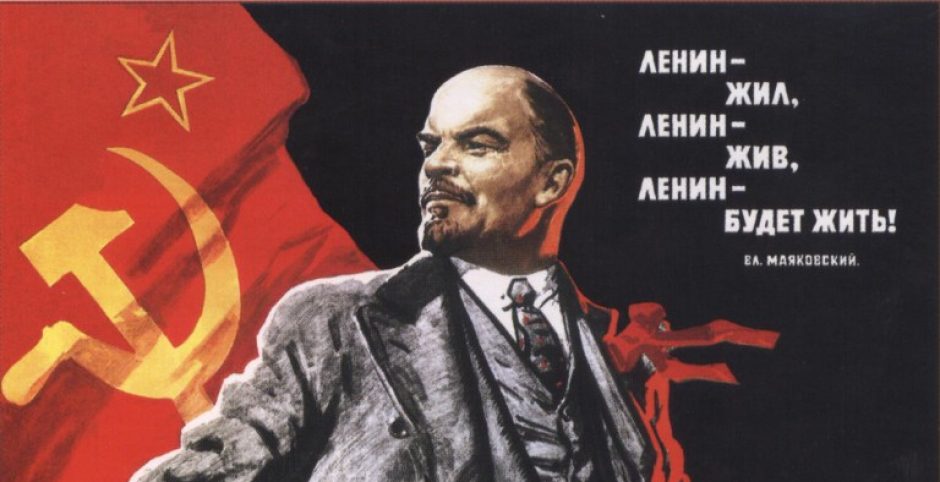As we have previously read, Catherine II initially saw herself as the “enlightened despot” and harbinger of Russia’s westernization before doubling back on herself in light of events in France. The Captain’s Daughter, set during Catherine’s reign, describes the experiences of Pyotr (the son of landowners) in the period before, during and immediately after the Pugachev rebellion. At various points, the narrative suggests the presence of emergent ‘Western’ ideas or ideals – unsurprisingly in the context of Pyotr, our noble protagonist. Yet, in each case, these ideas and ideals are limited or qualified.
At the beginning of the book, Pushkin describes the unsuccessful attempt by Pyotr’s parents to give him a European education, courtesy of a Frenchman, Monsieur Beaupre: “although he was supposed by the agreement to teach me ‘French, German and all subjects,’ he preferred to pick up some Russian from me and, after that, we each followed our own pursuits.” (3) Beaupre was later found blind drunk and relieved from his duties, bringing Pyotr’s education to an end. The book’s primary European presence, as well as Pyotr’s European education, die an early, symbolic death.
Pyotr does later appear to acknowledge the limitations of Russia’s ‘westernization’. On torture, he says: “when I recall that this happened in my lifetime and that now I have lived to see the gentle reign of the Emperor Alexander, I cannot but marvel at the rapid progress of enlightenment and the diffusion of humane principles.” (84) He is apparently conscious of Catherine’s limitations and recoils at the horrors of torture; positioning torture as contradictory to enlightenment (and thus European?) ideals. Although Catherine opposes (to some extent) torture, the antiheroic Pugachev is, as we know, eventually drawn and quartered. Importantly, Pyotr equates “enlightenment” with “progress” and suggests that although it was present under Catherine, these ideals were limited and only accelerated under Alexander.
(Page numbers taken from 1928 Viking Press edition)
